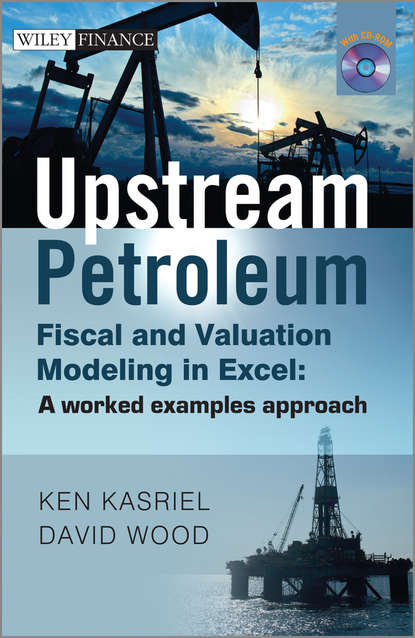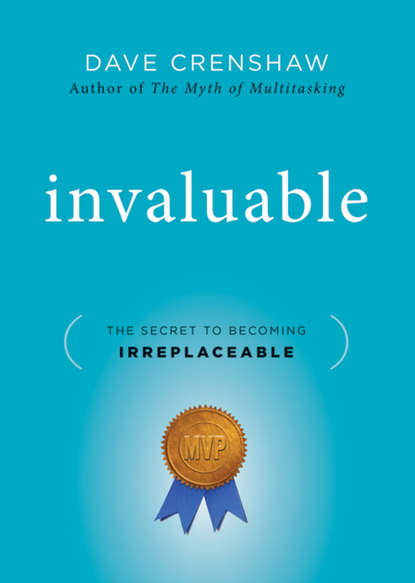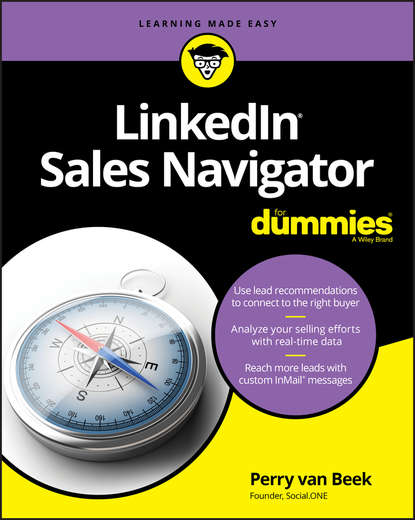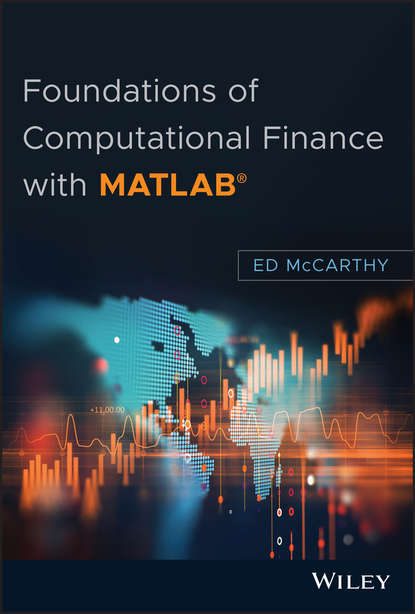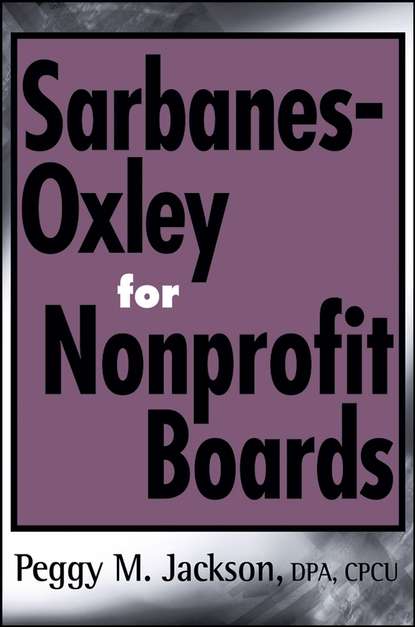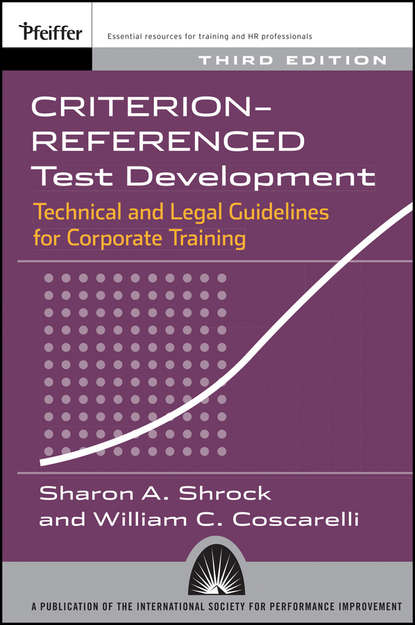Книга "Upstream Petroleum Fiscal and Valuation Modeling in Excel: A Worked Examples Approach" - это пошаговое руководство по фискальному анализу в газовой и нефтяной отрасли, используя программу Excel. Авторы книги обращают внимание на то, что важным является оценка денежных потоков после уплаты налогов, которые могут быть сложными и трудными для понимания. В книге представлены наиболее распространенные варианты налогообложения, а также уплаты за разработку месторождений нефти и газа. Книга содержит более 120 файлов Excel, свыше 400 страниц дополнительных файлов в формате PDF, а также функции VBA, которые повышают функциональность моделей. Кроме того, книга включает в себя введение в моделирование риска с упражнениями на пробную версию программы Oracle's Crystal Ball. Книга может быть использована как учебник, введение в тему или справочное руководство. Книга предназначена для широкой аудитории - от новичков до опытных практиков.
Книга "Upstream Petroleum Fiscal and Valuation Modeling in Excel: A Worked Examples Approach" представляет собой практическое руководство по анализу фискальных систем в нефтегазовой отрасли. Она предназначена для широкого круга пользователей, включая компании, правительства, инвесторов, аналитиков, финансистов и консультантов, занимающихся сделками, планированием, бюджетированием, оценкой инвестиций и управлением портфелем в этой отрасли.
Авторы книги предлагают подробную инструкцию по моделированию фискальных систем в Excel, наиболее распространенных форм налогообложения, долей производства, бонусов и финансирования прекращения использования месторождений. Книга содержит более 120 файлов Excel в форматах 2007 и 2003, более 400 страниц дополнительных PDF-файлов, функции VBA для улучшения функциональности моделей и введение в моделирование рисков с упражнениями для пробной версии программного обеспечения Oracle's Crystal Ball.
Эта книга может использоваться как учебное пособие, введение в тему или как справочник, который можно прочитать от начала до конца или использовать для быстрого поиска информации. Она написана на понятном языке для профессионалов и начинающих пользователей. Книга предлагает более глубокое понимание расчетов, чем коммерчески доступное программное обеспечение для моделирования фискальных систем.
Книга "Upstream Petroleum Fiscal and Valuation Modeling in Excel: A Worked Examples Approach" имеет особую ценность для аналитиков, так как новые правила Комиссии по ценным бумагам и биржам США (SEC), запланированные на 2013 год, заставят нефтегазовые компании раскрывать больше информации о фискальной системе каждой страны. Это сделает еще важнее понимание, как моделировать нефтегазовые термины и потенциальные влияния правительственных платежей на будущую прибыль нефтегазовых компаний.
Электронная Книга «Upstream Petroleum Fiscal and Valuation Modeling in Excel. A Worked Examples Approach» написана автором David Wood в году.
Минимальный возраст читателя: 0
Язык: Английский
ISBN: 9781118537688
Описание книги от David Wood
Please contact the authors at [email protected] for details of how to access the trial version of Crystal Ball, as well as the Excel and other files which are *not* part of the e-book version download. «This is a book no deal team should be without. It is a must for those involved in upstream oil and gas transactions, planning, budgeting, investment appraisal and portfolio management. Its step–by–step approach cuts through complexity, making it comprehensive and understandable by a wide range of users with a wide range of abilities. It can be used as a textbook, an introductory primer or as a handbook that you can dip in and out of or read cover to cover.» —Michael Lynch–Bell, Senior Advisor, Oil & Gas, Ernst & Young LLP; ex-officio Chairman, UN Expert Group on Resource Classification In the upstream petroleum industry, it is the value of post–tax cashflows which matters most to companies, governments, investors, lenders, analysts, and advisors. Calculating these cashflows and understanding their “behavior,” however, is challenging, as the industry’s specialized fiscal systems can be complex, jargon–laden, and sometimes seem to be a “world of their own”. Upstream Petroleum Fiscal and Valuation Modeling in Excel: A Worked Examples Approach demystifies fiscal analysis which, unlike disciplines such as Earth sciences and engineering, can be learned from a book. Written in plain English for laymen and for experienced practitioners alike, it is a reader–friendly, clear, practical, step–by–step hands–on guide for both reference and self–paced study. The book does not catalogue the 100+ different petroleum fiscal regimes in use at the time of writing. Rather, drawing on the authors’ combined 48 years’ experience, it takes a more timeless, generic treatment, by covering the most common variants of royalties, taxation, production sharing arrangements, bonuses and abandonment funding , through a dual approach: first, showing how to model them in Excel , and then providing interactive exercises to prompt (and answer) questions that analyze impacts on cashflows. In addition to the main text, the book consists of over 120 Excel files (ranging from modular examples to full models) in Excel 2007 and 2003 formats; over 400 pages of supplementary PDF files; VBA features to enhance model functionality; and an introduction to risk modeling with exercises for the included trial version of Oracle’s Crystal Ball software. It offers both a wealth of content and models equal to or surpassing what is available from fiscal modeling courses costing several times more; and greater insights into underlying calculations than commercially available “black box” fiscal software. New US Securities and Exchange Commission (SEC) rules planned for 2013 will force petroleum companies to disclose more fiscal information on an individual country basis. This will make it more important than ever for analysts to understand how to model oil and gas terms and the potential impacts of the disclosed government payments on future oil and gas company profitability. Due to the heavy use of graphics and cross references used in this particular text, some readers might find that the printed book offers a more optimal reading experience than certain e-formats particularly with the Kindle eMobi format.
